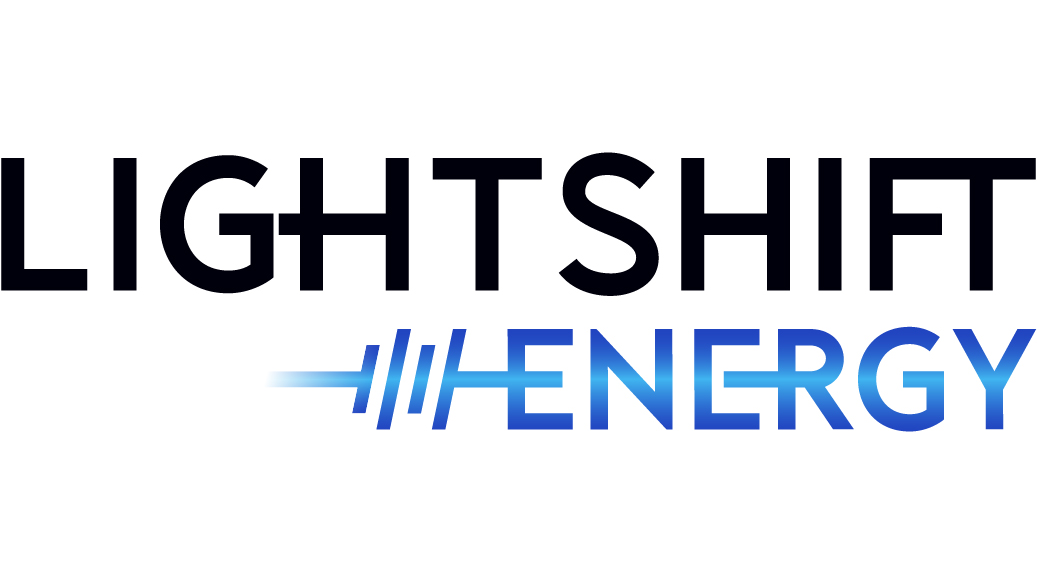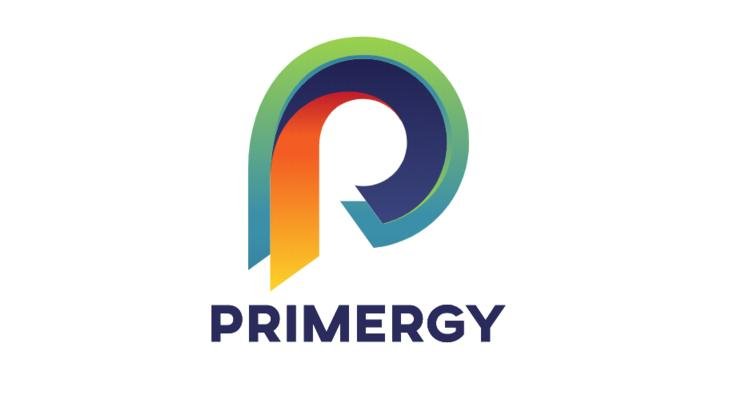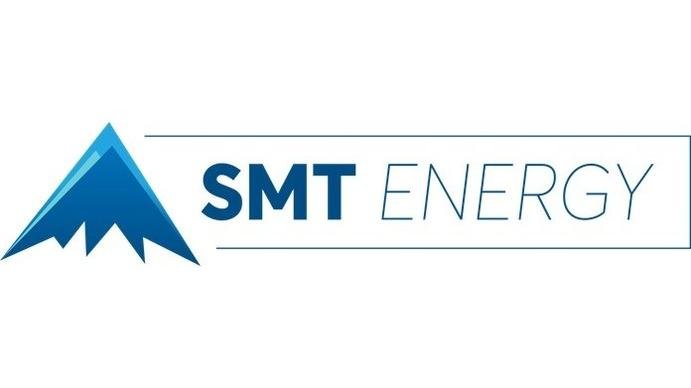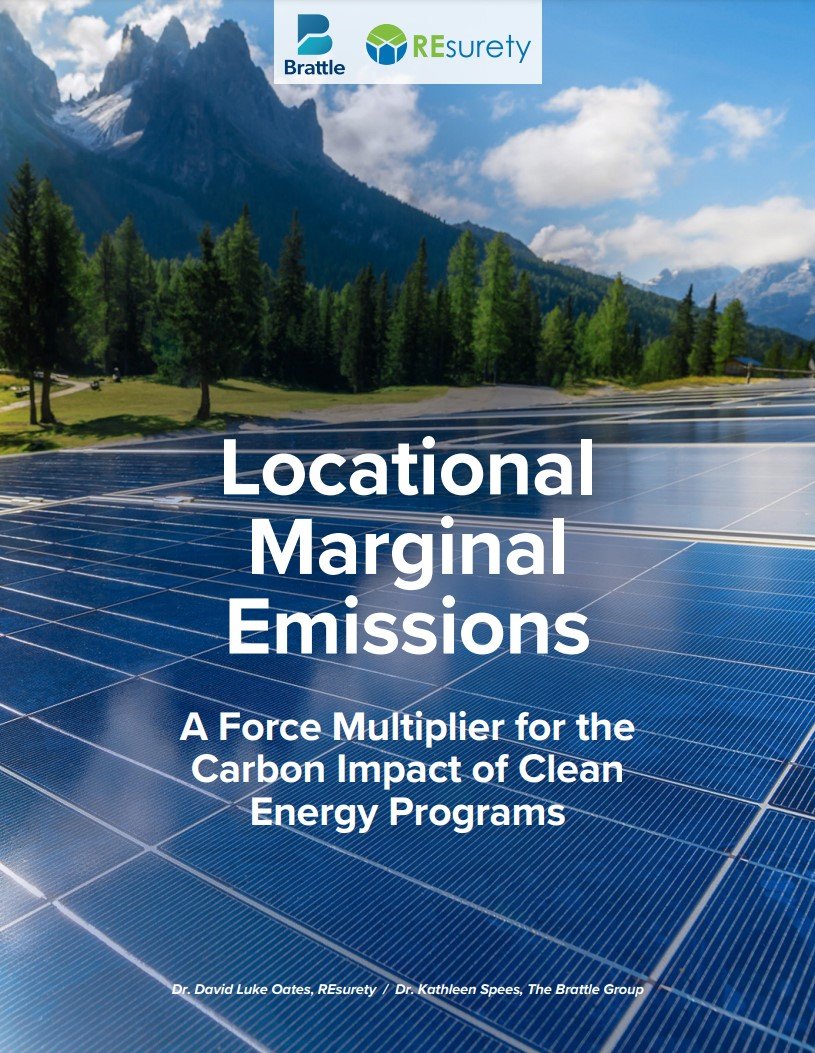
The Energy Storage Solutions Consortium
Maximizing the Carbon Abatement Potential of Energy Storage By Leveraging Marginal Emissions Rates
Purpose
Our mission is to maximize the carbon abatement potential of electricity storage technologies. We are creating a new category of environmental attributes that rewards utility-scale energy storage assets for verified avoided emissions. Our proposed methodology will be third-party certified and leverage high-resolution marginal emissions rates to empirically measure project-specific emissions impacts.
Members
We’ve united several like-minded companies around one common goal: to enhance the vital role of energy storage in decarbonizing the electricity grid.
100+
Members
$10 Trillion
Total Market Value
>7,000 MW
Operating Energy Storage

































































Leadership
The Steering Committee is responsible for managing Consortium operations, soliciting input from stakeholders, interfacing with Verra, and funding development of the carbon methodology. The Steering Committee has also selected Carbonomics LLC to help support the ESSC in methodology development.
Energy Storage Solutions Consortium (ESSC) Steering Committee
John DeAngelis
Adam Reeve
Jacob Mansfield &
Emma Konet
Casey Kopp
Methodology Consultant
Seth Baruch
Resources
What Are Locational Marginal Emissions?
Batteries and hybrid resources that can operate to maximize carbon abatement can also provide decarbonization benefits that are ignored by traditional MWh-based accounting. There is a better way to measure and incentivize clean energy resources. This paper proposes that customers, markets, and policymakers embrace the concept of Locational Marginal Emissions (LMEs) as a force multiplier for directing their clean energy program dollars to maximize carbon impact.
How Would Carbon Contracts For Energy Storage Work?
Carbon contracts with batteries might provide corporations with an elegant solution to meet sustainability targets and decarbonize the electricity grid, which cannot be accomplished through renewable energy purchases alone. This paper examines the economic and carbon impact of compensating batteries for carbon reduction using detailed electricity emissions data and a carbon contract.
News
Not Every Battery Is Created Equal
February 22, 2024
Check out HASI’s Climate Positive Podcast to learn more about the efforts of the Energy Storage Solutions Consortium (ESSC), which seeks to align the economic incentives of the storage market with truly accelerating grid decarbonization.
Here's How Batteries Could Reduce More Emissions.
September 6, 2023
Check out David Roberts’ Volts Podcast to learn more about how we incentivize emission reductions by making energy storage eligible for carbon offset.
Leading Organizations Launch New Consortium
September 14, 2022
The Energy Storage Solutions Consortium’s goal is to create an open-source, third-party-verified methodology to quantify the GHG benefits of certain grid-connected energy storage projects.
Exploring Energy Storage For Grid Innovation
September 13, 2022
In 2022, Meta, along with our partner Broad Reach Power, launched a pilot to test how energy storage projects such as large-scale batteries could reduce greenhouse gas emissions while continuing to help preserve a reliable electrical grid.
Join Us.
The ESSC comprises a diverse set of stakeholders across sectors and geographies. We welcome unique perspectives that will help ensure the success of our initiative. If you are interested in joining the ESSC, please fill out the interest form and a member of the Steering Committee will contact you.










